How to Create a Business Plan for Your Coworking Space
Everything you need to know about creating a business plan for your coworking...

Discover our complete solution

Automated invoicing & payment

360° control on accounts and contracts

Seamless cross-platform booking flows

Exceptional member experience

Visitor and check-in management
A seamless hybrid work software for modern offices
A powerful all-in-one flex & coworking space software

Discover our complete solution

Automated invoicing & payment

360° control on accounts and contracts

Seamless cross-platform booking flows

Exceptional member experience

Visitor and check-in management




Implement the perfect hybrid work experience

Allow your teams to pick where they do their best work

Understand how your offices are used and act on it

Make a great first impression without compromising on security

Streamline your multi-location operations to grow faster

Discover our complete solution

Automated invoicing & payment

360° control on accounts and contracts

Seamless cross-platform booking flows

Exceptional member experience

Visitor and check-in management
A seamless hybrid work software for modern offices
A powerful all-in-one flex & coworking space software

Discover our complete solution

Automated invoicing & payment

360° control on accounts and contracts

Seamless cross-platform booking flows

Exceptional member experience

Visitor and check-in management




Implement the perfect hybrid work experience

Allow your teams to pick where they do their best work

Understand how your offices are used and act on it

Make a great first impression without compromising on security

Streamline your multi-location operations to grow faster
Everything you need to know about creating a business plan for your coworking...
Ways you can set up the employees in your hybrid workplace for...
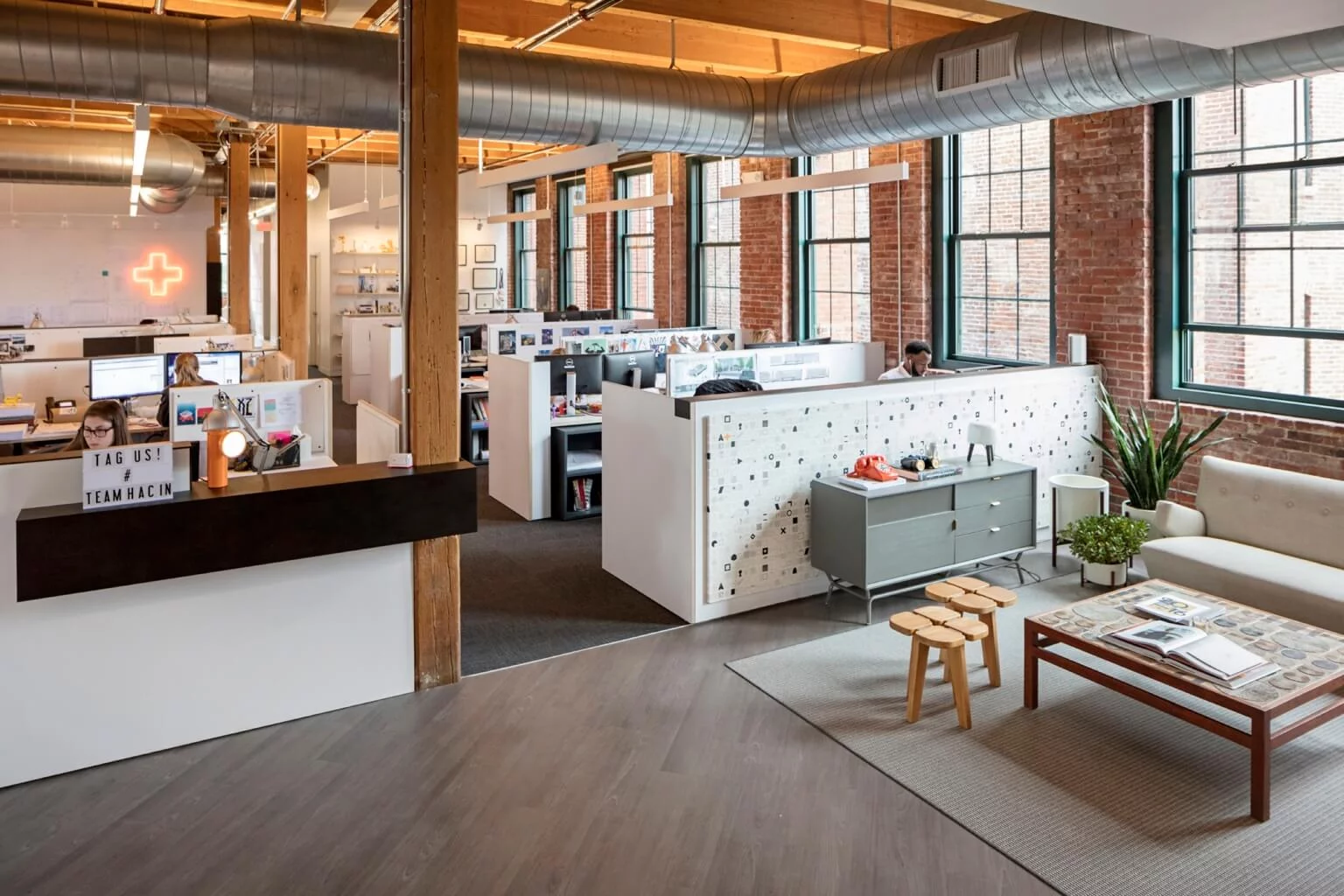
What is the difference between dedicated desks and hot desks and why that matters for your space.
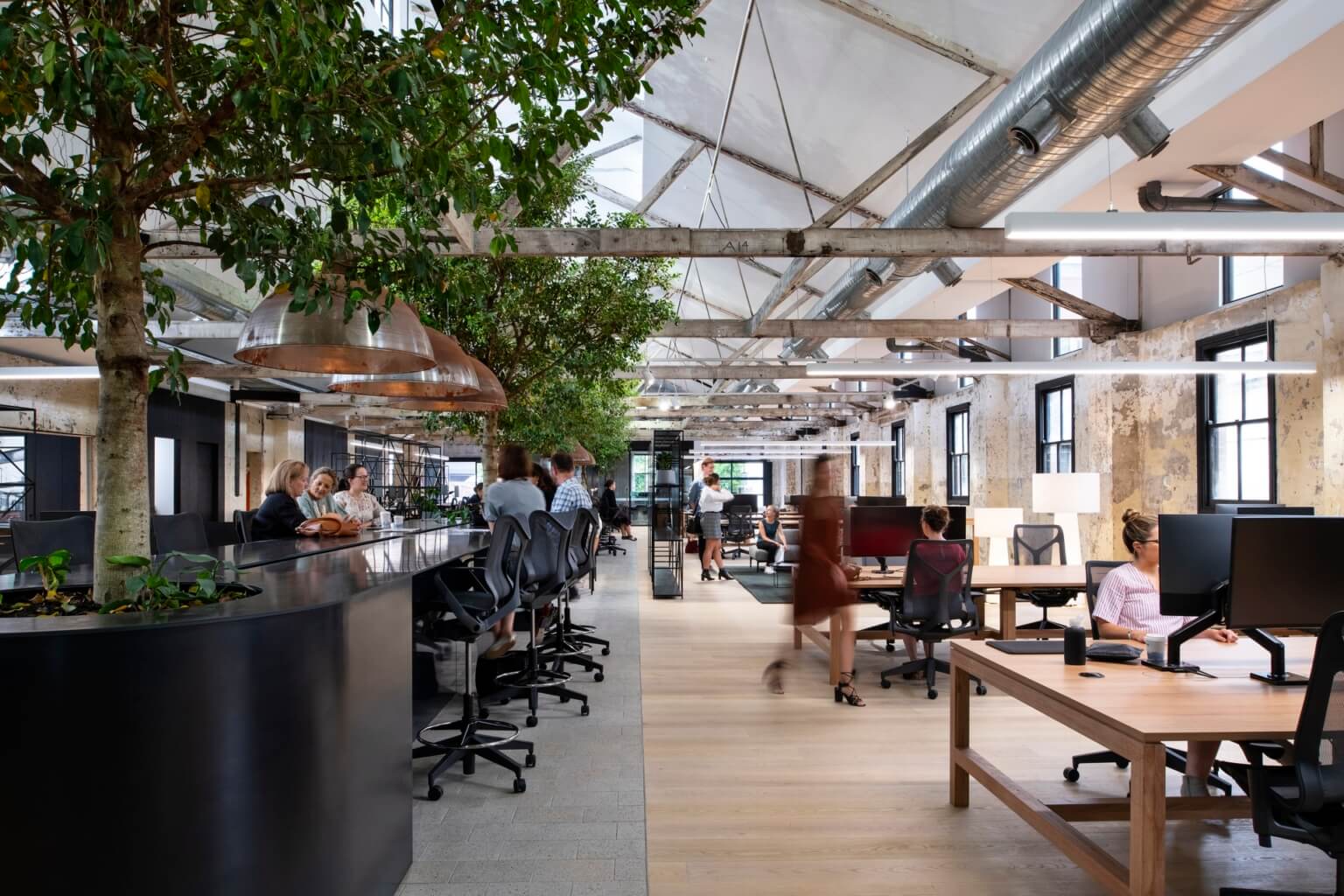
Desk sharing can make a massive difference for you and your space by reducing the number of seats needed, and having people share desks.
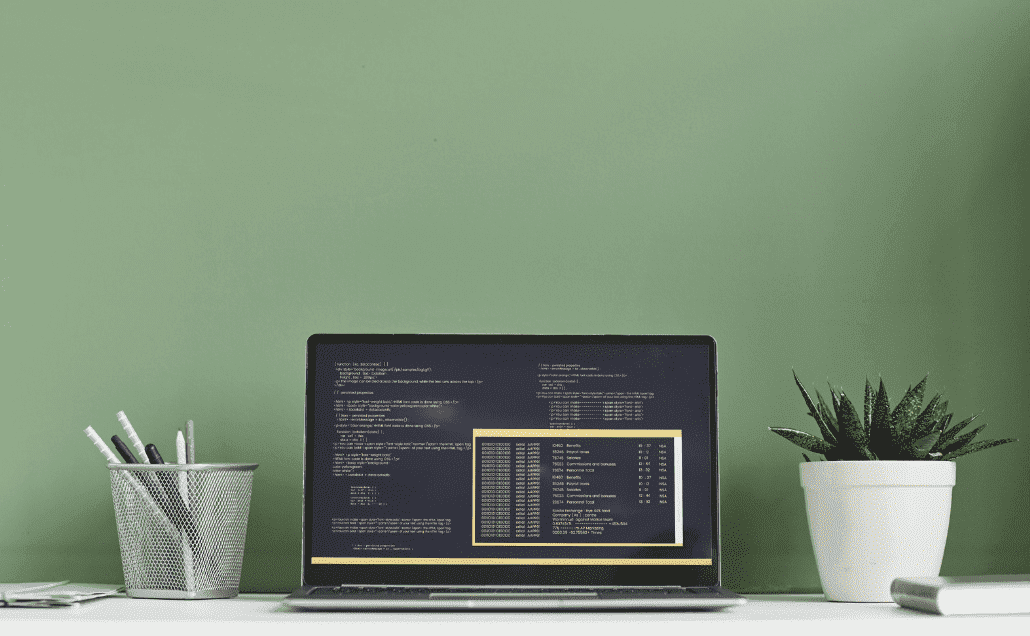
Looking for an efficient way to manage hot desk bookings in your workspace? Download Our Hot Desk Booking Excel Template. Mastering the art of hot
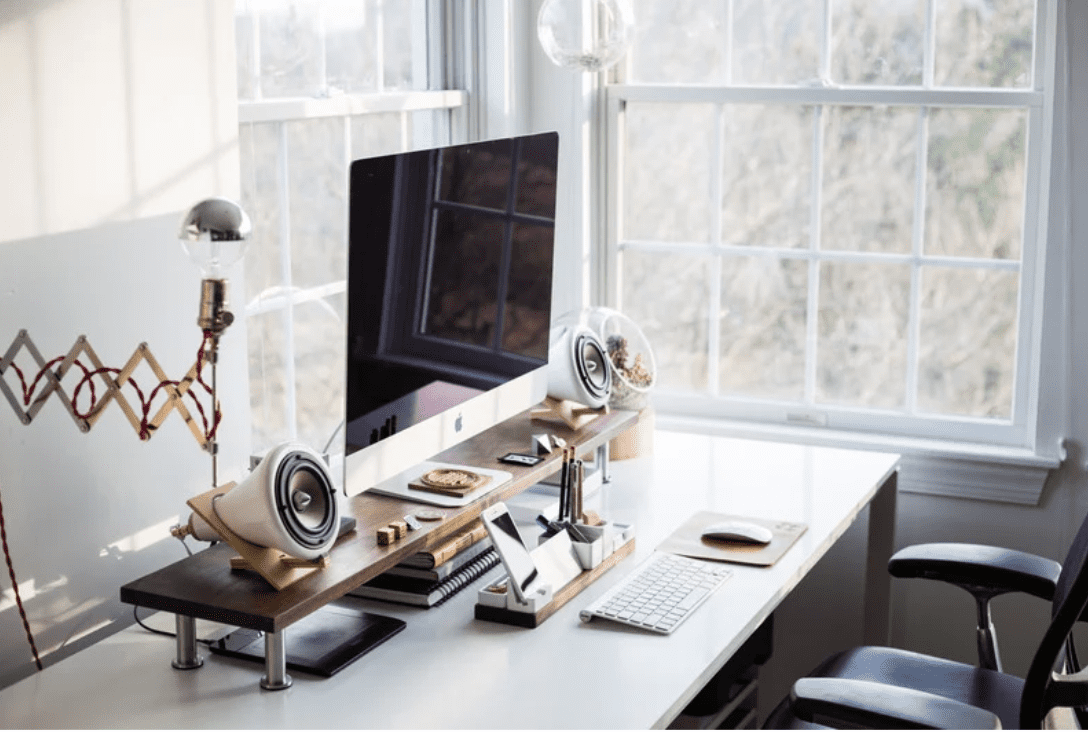
Hot desking has a significant trend in modern workplace management. This approach to office space allocation, where employees do not have assigned, permanent desks, offers

The traditional office setup is evolving rapidly. Companies are increasingly turning towards modern workspace management strategies to enhance efficiency, establish collaboration, and accommodate the needs
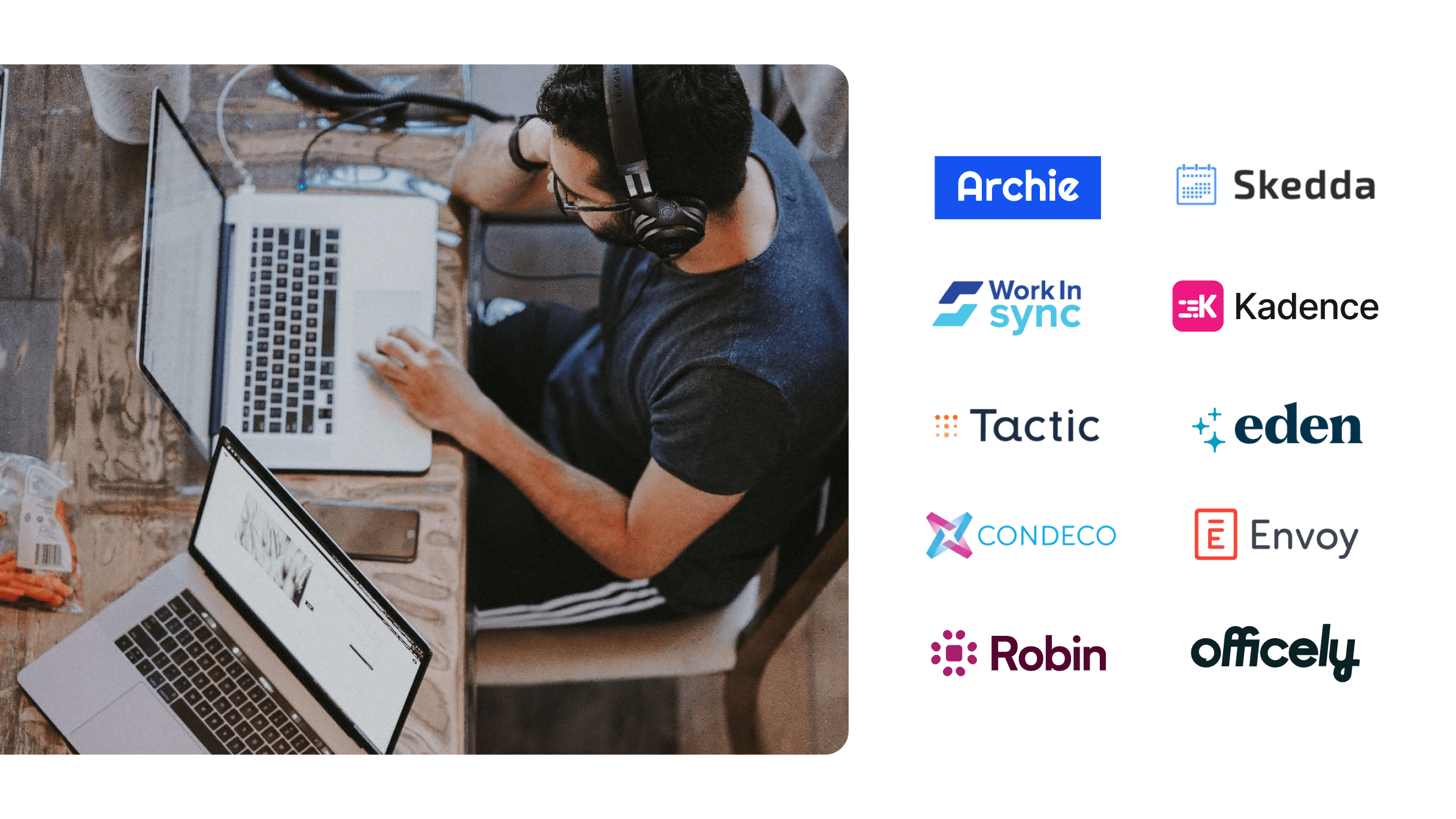
Top Desk Booking Software in 2024 Archie: Advanced workspace management tailored for flexible environments, integrating desk bookings, community building, and event management into one unified
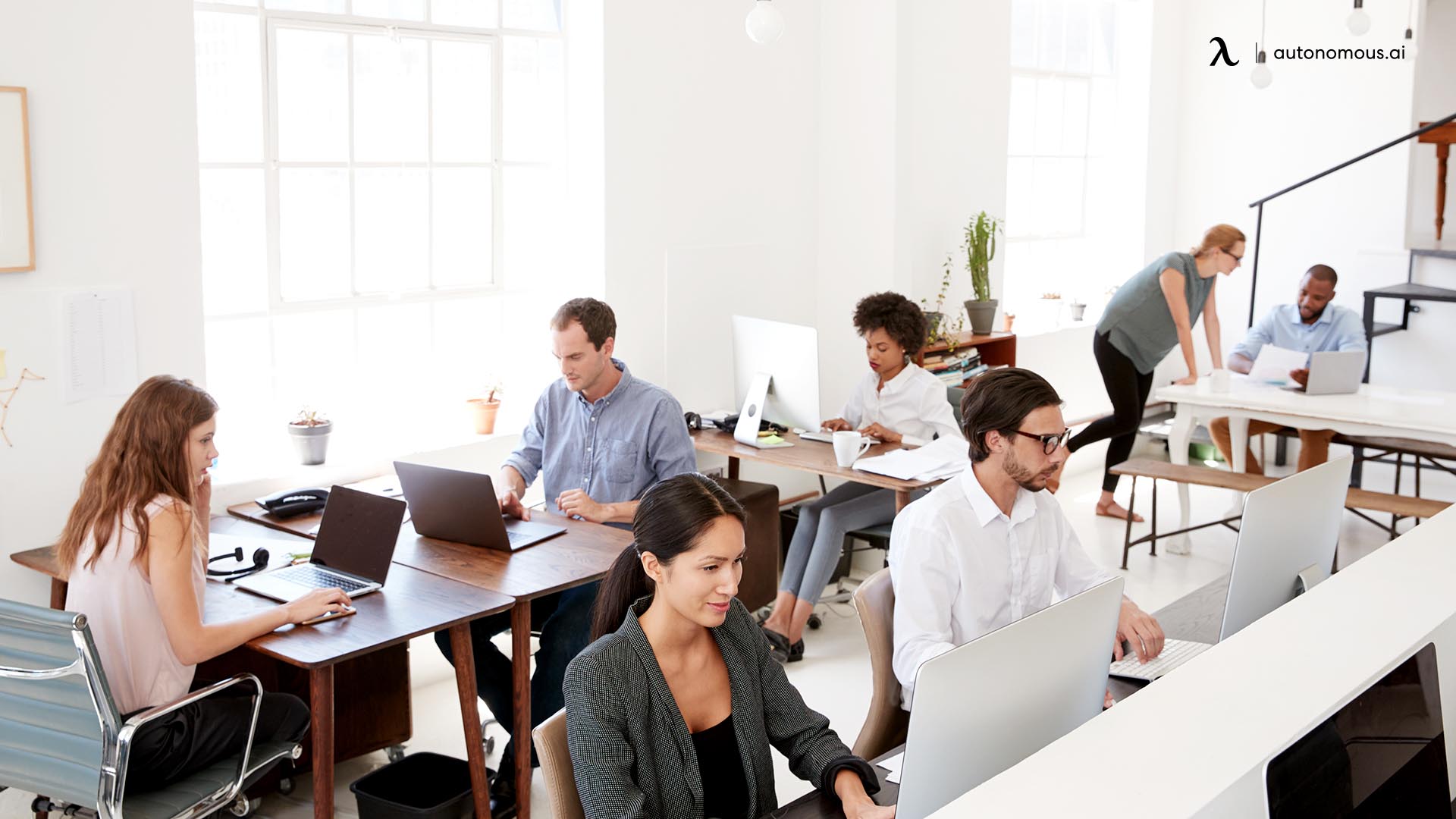
In the modern workplace, hot desking has emerged as a revolutionary approach to maximize space and encourage flexibility. To ensure its effectiveness, it’s vital to
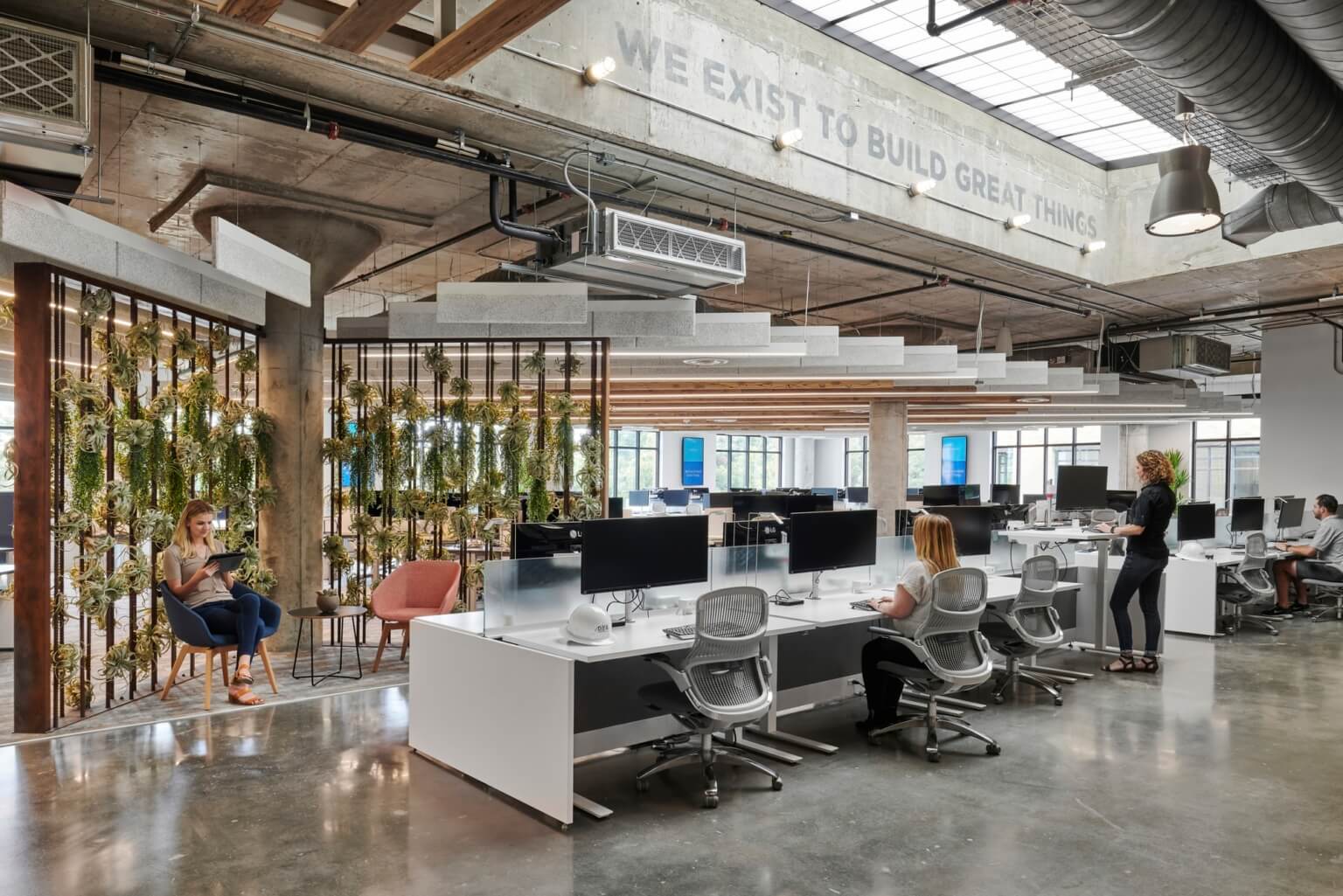
What is hot desking, and how to implement it? The many reasons your flexible space should implement hotdesking.